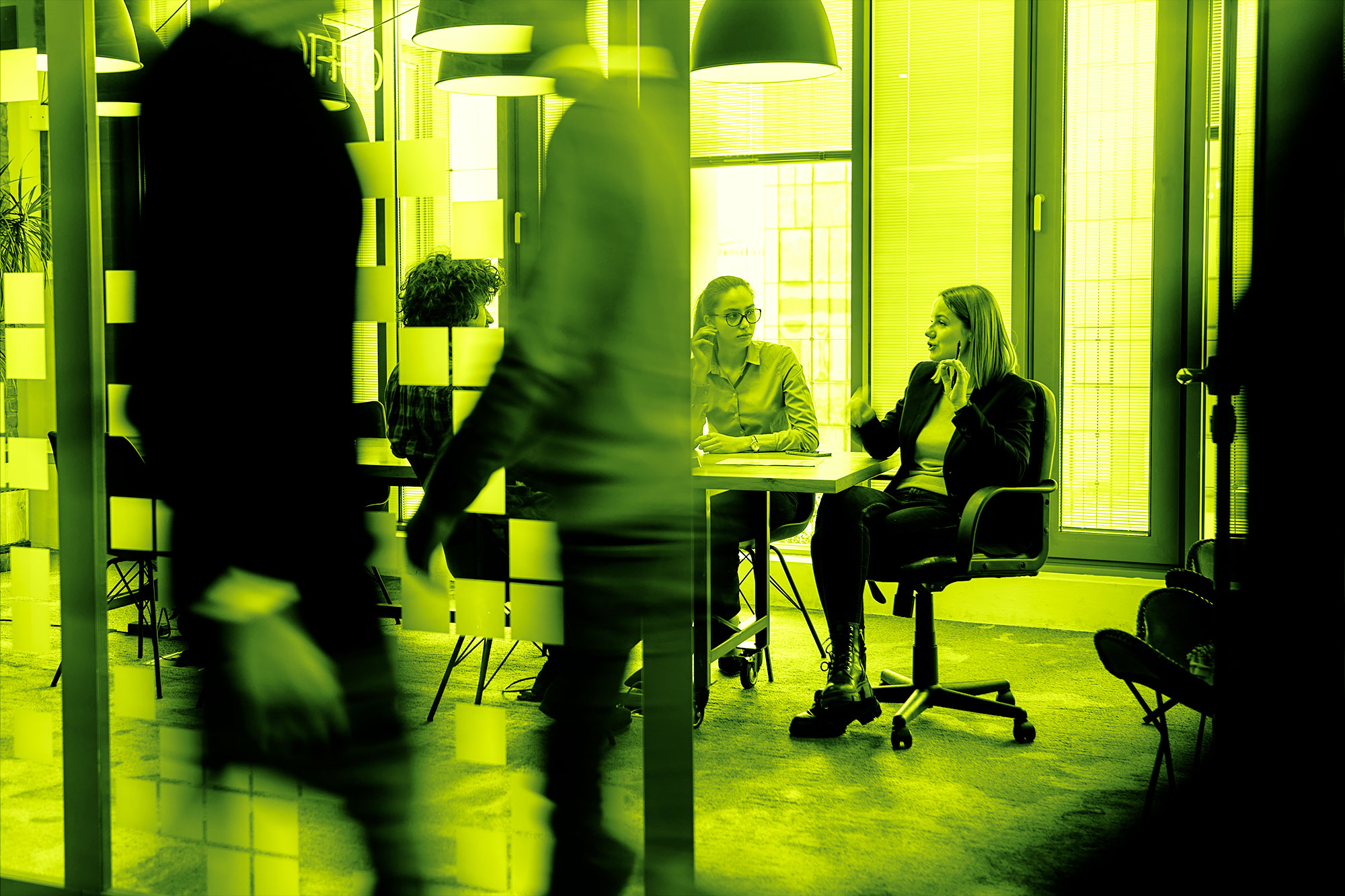In the U.K. alone, internet sales jumped from under 20% to more than 32% in just three months at the start of the first Covid-induced lockdown. But as we enter a new phase of post-lockdown life, following the reopening of non-essential retail outlets, gyms and hairdressers, what can brick and mortar stores do in order to offer an experience to entice shoppers back through their doors?
According to accountancy firm PwC, almost 50 stores closed every day in 2020, and while covid-19 accelerated this, the decline of the high street has been a very real problem for retailers since the growth of the internet, with many left behind during the transition to online markets. Online fashion retailers such as ASOS have come to dominate the market in recent years. The firm enjoyed double-digit sales growths for the third year running in 2018, taking in a mighty £2.42bn.
Personally, there’s still something to say about the physical shopping experience. Getting to see the product, feel the fabric, trying it on for size and then not having to deal with postal returns. Yet, while the trend of online shopping won’t show signs of slowing any time soon, so retailers need to offer value where their online counterparts can’t and put steps back in place to revitalise the high street.
Creating experiences:
Last year when we saw things re-open in the summer of 2020, popular shopping centre, Westfield launched some new concepts including the first ever Harrods Outlet, and an outdoor Bar W12 & Film Club on Westfield Square. Also located in the Stratford Westfield, Zara’s flagship store now features interactive mirrors equipped with radio-frequency identification technology which is able to detect what item of clothing a customer is holding, offer more information on the item and choices of what a complete outfit could look like. You can there and then see the full outfit, try it on and buy it. Something the online world is simply unable to offer – I know that the excitement of buying something dies down when you have to wait a few days to actually get them.
And while some retailers have inevitably had to close stores, they are using this as an opportunity to capitalise on existing investments, as showcased by John Lewis opening its ‘shops-in-shops’ inside Waitrose stores to plot John Lewis mini-shops inside the grocery store to enable cross-selling and offer a wider range of general merchandise.
Pop-ups
One way for retailers to stand out is by focusing more on pop-up stores. These ‘limited time only’ stores not only save costs for retailers, it also allows them to offer something ‘fresh’ for customers while boosting exclusivity. Knowing the store will not be there long-term could be enticing enough to create excitement for shoppers to visit before it expires. Retailers with an omni-channel experience could be clever here and only launch certain new products within a pop-up to get consumers back to visiting the brand in person, creating another touchpoint and creating a buzz online.
How tech can play a part:
Some of the world’s biggest tech giants are also looking to make the in-store experience more enjoyable. While strictly not a high street retailer, this year Google is on track to bring over 100 AI-powered improvements to its Maps app. One of the latest features of its Live View function will mean even the trickiest-to-navigate places indoors, like shopping centres, can be seen in the palm of your hand with arrows and accompanying directions pointing you the right way. So, if you need to pick something up from your local retail outlet or shopping centre, customers can use Live View to see what floor a store is on and how to get there so you can get in and out in a snap if time is of the essence!
Ultimately, having been house-bound for much of the last 12-months, consumers will likely want to get back outside and through the doors of shops once more – retailers just need to make it worth our while.







